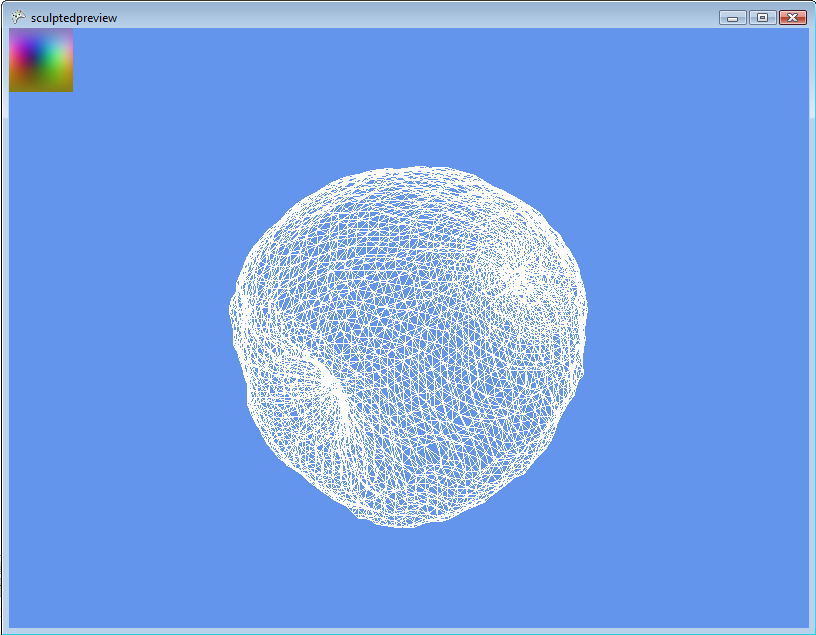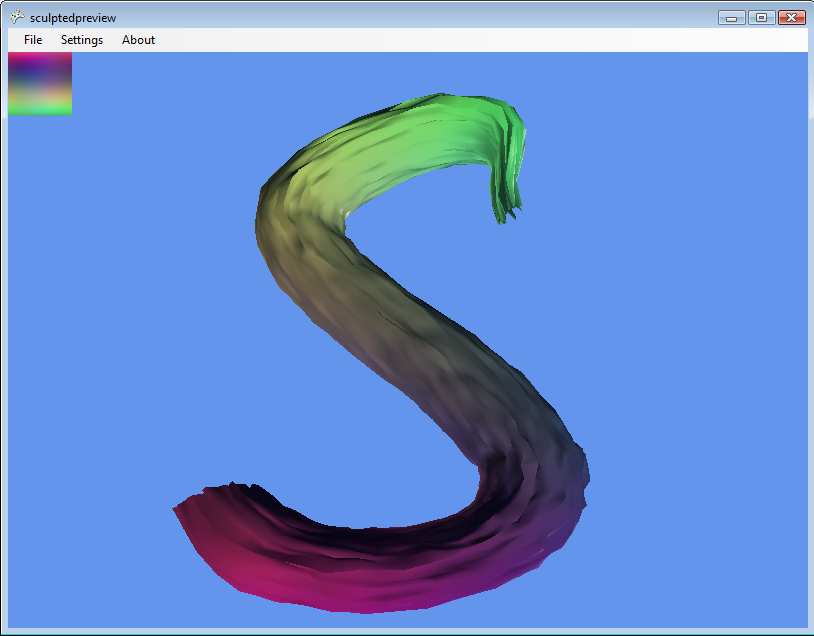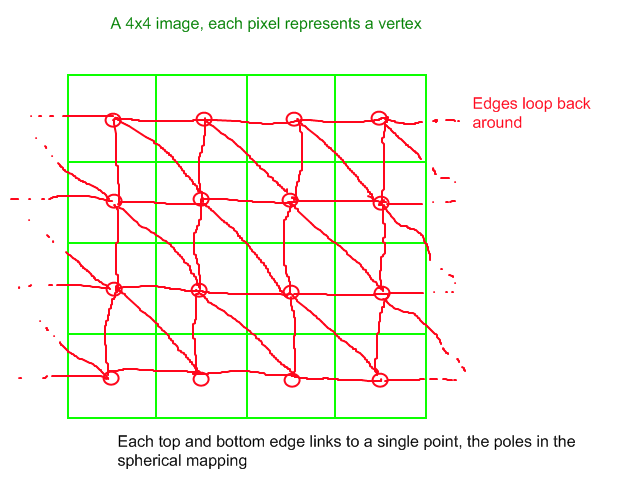Difference between revisions of "Sculpted Prims: Technical Explanation"
m (→Sampling) |
Blakar Ogre (talk | contribs) |
||
| Line 7: | Line 7: | ||
==Pixel Format== | ==Pixel Format== | ||
The alpha channel (if any) in position maps is currently unused, so we have 24 bits per pixel giving us 8 bits per color channel, or values from 0-255. Each color channel represents an axis in 3D space, where red green and blue map to X, Y, and Z respectively. | The alpha channel (if any) in position maps is currently unused, so we have 24 bits per pixel giving us 8 bits per color channel, or values from 0-255. Each color channel represents an axis in 3D space, where red green and blue map to X, Y, and Z respectively. If you're mapping from other software take in mind that not all 3D software will name their axises the same as SL does. If you have a different default orientation in SL than in your designer compare the axises and swap where appropriate. | ||
The color values map to an offset from the origin of the object <0,0,0>, with values less than 127 being negative offsets and values greater than 127 being positive offsets. An image that was entirely <127,127,127> pixels (flat gray) would represent a single dot in space at the origin. | |||
A sculpted prim intrinsically has a size of one meter, so the color values from 0-255 map to offsets from -0.5 to 0.5 meters. Combined with the scale vector that all prims in Second Life possess, sculpted prims have the same maximum dimensions as regular procedural prims (10 meter diameter). | |||
==Texture Mapping== | ==Texture Mapping== | ||
Revision as of 01:25, 25 May 2007
Introduction
Sculpted prims are three dimensional meshes created from textures. Each texture is a spherical mapping of vertex positions, where at full resolution each pixel would be one vertex (this is almost never the case, see Sampling). Each row of pixels (vertices) links back to itself, and for every block of four pixels two triangles are formed (total number of triangles is more because of the wrapped edges and the poles).
Pixel Format
The alpha channel (if any) in position maps is currently unused, so we have 24 bits per pixel giving us 8 bits per color channel, or values from 0-255. Each color channel represents an axis in 3D space, where red green and blue map to X, Y, and Z respectively. If you're mapping from other software take in mind that not all 3D software will name their axises the same as SL does. If you have a different default orientation in SL than in your designer compare the axises and swap where appropriate.
The color values map to an offset from the origin of the object <0,0,0>, with values less than 127 being negative offsets and values greater than 127 being positive offsets. An image that was entirely <127,127,127> pixels (flat gray) would represent a single dot in space at the origin.
A sculpted prim intrinsically has a size of one meter, so the color values from 0-255 map to offsets from -0.5 to 0.5 meters. Combined with the scale vector that all prims in Second Life possess, sculpted prims have the same maximum dimensions as regular procedural prims (10 meter diameter).
Texture Mapping
The position map of a sculpted prim also doubles as the UV map, describing how a texture will wrap around the mesh. The image is already an explanation of what vertices correlate to what pixel, which is used to generate UV coordinates for vertices as they are created. This presents a big advantage for texture mapping over procedural prims created in Second Life because you can do all of your texturing in a 3D modeling program such as Maya, and when you export the position map you know the UV coordinates will be exactly preserved in Second Life.
Sampling
64x64 textures are common for position maps, but in practice the highest level of detail for sculpted prims in Second Life is a grid of 32x32 vertices, and the lower level of detail uses 16x16 vertices. Second Life samples individual pixels but fewer of them total.
For example, a sphere at the highest level of detail requires a mesh of 32 x 33 vertices, the top row of which is then averaged together to glom all of those vertices into a single one to form the North pole. The same thing happens to the bottom row. If we have a 64x64 texture, this grid of vertices is sampled from the texture at the points:
(0,0) (2,0) (4,0) ... (60,0) (62,0) (0,2) (2,2) (4,2) ... (60,2) (62,2) . . . . . . (0,60) (2,60) (4,60) ... (60,60) (62,60) (0,62) (2,62) (4,62) ... (60,62) (62,62) (0,63) (2,63) (4,63) ... (60,63) (62,63)
Notice the last row, needed to get the 33rd row of vertices.
In general, if we have a 2^n by 2^n texture, and we are making a grid of 2^m by (2^m)+1 vertices, then the (i,j)th vertex position (0 <= i < 2^m, 0 <= j <= 2^m) is determined by the pixel at:
(2^(n-m)*i, 2^(n-m)*j) if j != 2^m (2^(n-m)*i, (2^n) - 1) if j == 2^m
It is recommended to use 64x64 images.
Examples
A pack of sculpture maps available for download: sculpt-tests.zip
An apple sculpt shown in the sculptedpreview program

An S-shaped sculpture shown in the latest version of sculptedpreview, with the sculpture map also applied as the texture map

